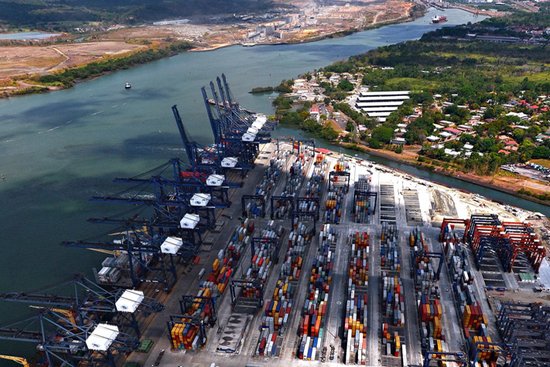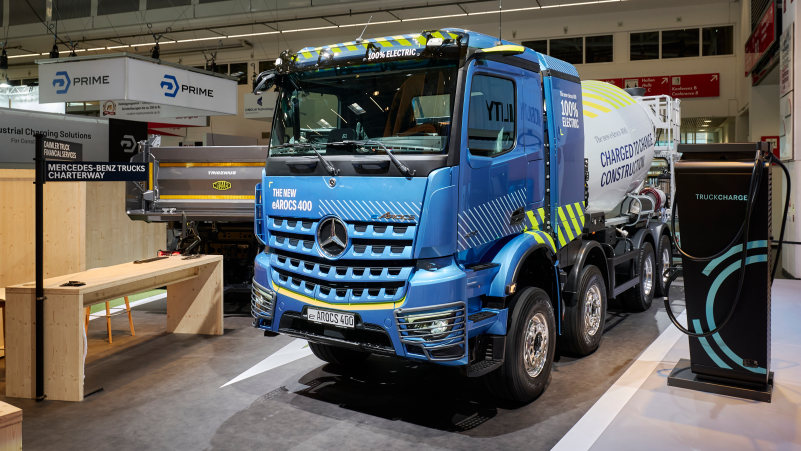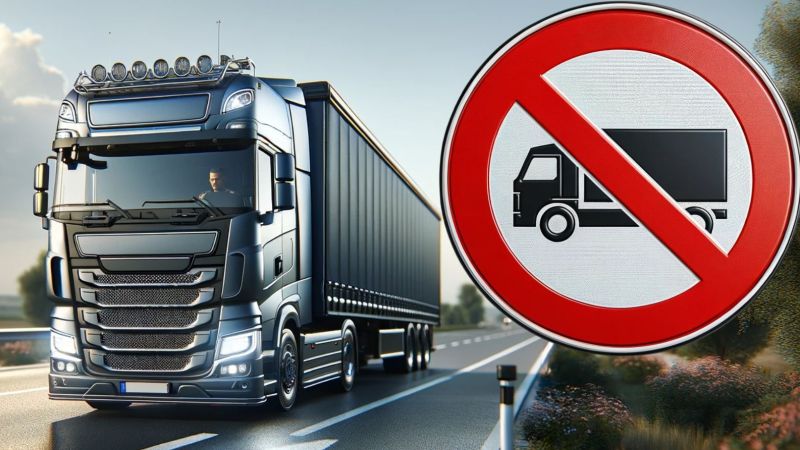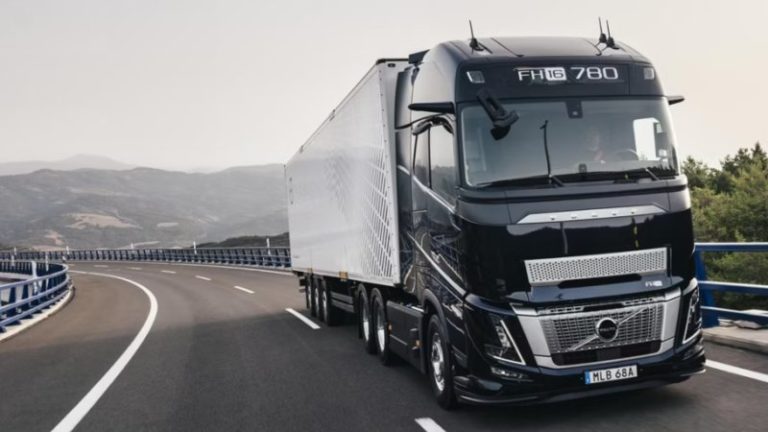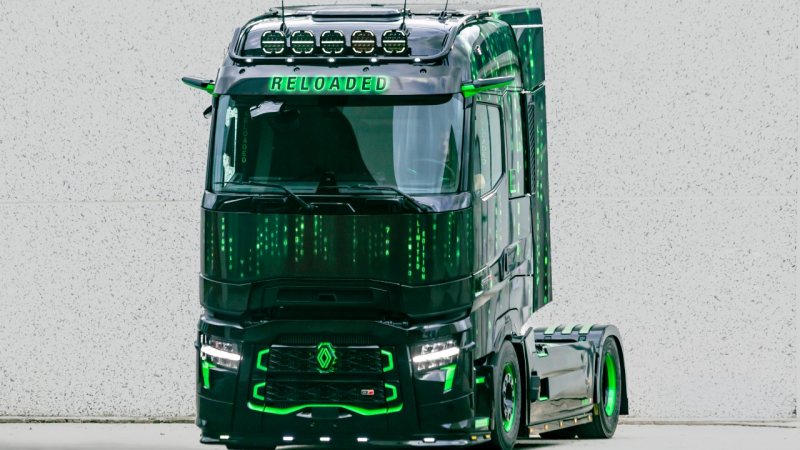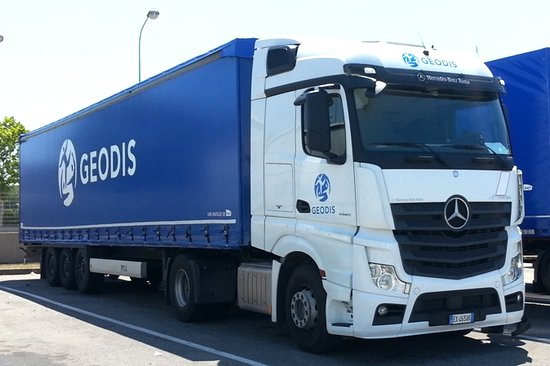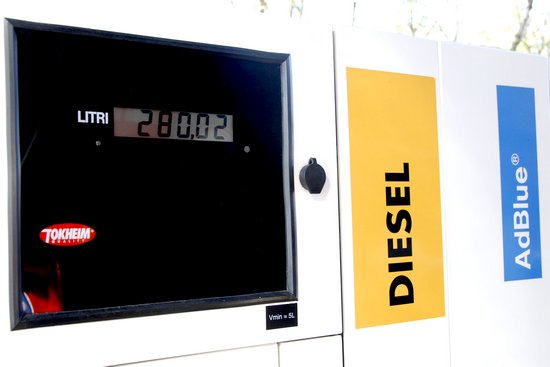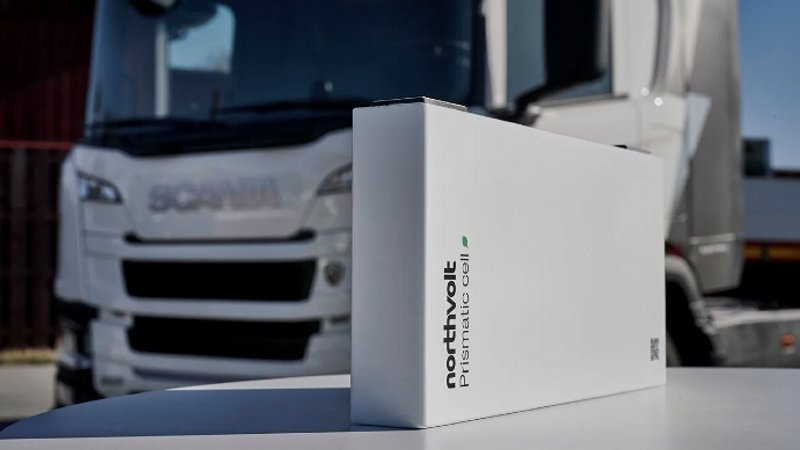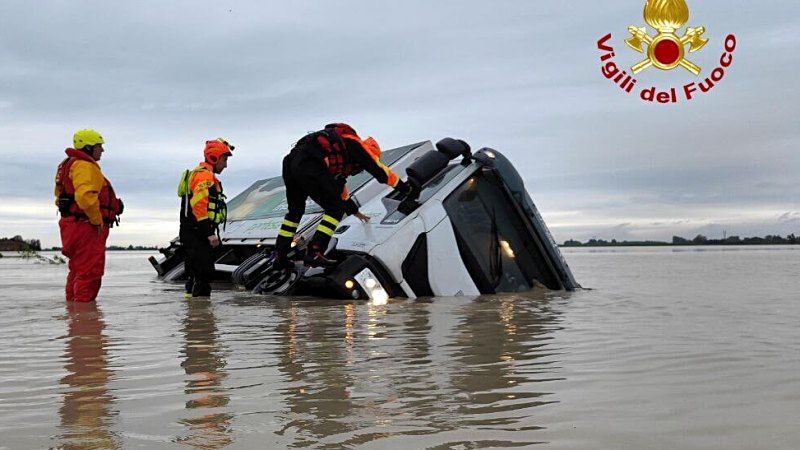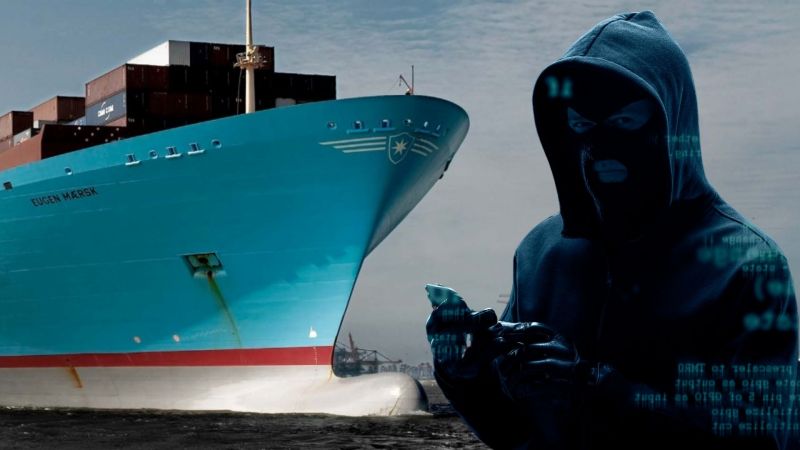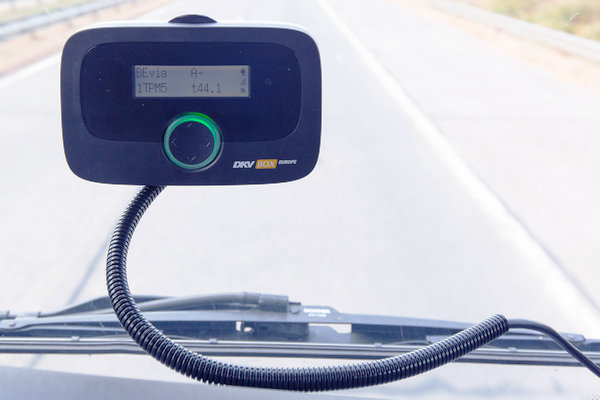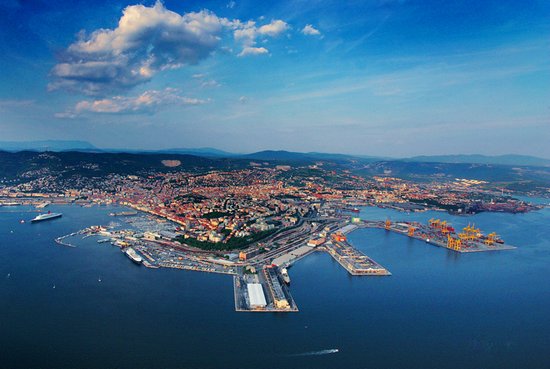Euro NCAP has launched the new Truck Safe rating programme to assess the safety of industrial vehicles, analysing nine models: Volvo Trucks FH Aero and FM, Renault Trucks T, Scania Series R and G, DAF XF, MAN TGX, Mercedes-Benz Actros, and Iveco S-Way. However, only Volvo reached the maximum five-star rating, while Renault Trucks and Scania achieved four stars. DAF, MAN, Mercedes-Benz, and one version of Scania earned three stars, with Iveco scoring just one.
This marks the first time that Euro NCAP, which has been raising safety standards for nearly thirty years by evaluating passenger vehicles, has focused on heavy industrial vehicles, as part of its mission to achieve Vision Zero—eliminating fatalities and serious injuries from road traffic accidents. In 2020, the organisation launched a similar programme for light commercial vehicles. The new Truck Safe programme also introduces a supplementary accreditation called CitySafe, awarded to vehicles with advanced technologies or designs that reduce the risk of accidents in urban areas, such as emergency braking systems to prevent collisions with cyclists.
The five-star rating was awarded to the Volvo FH Aero and FM models due to their excellent visibility and the presence of advanced driver assistance systems. The CitySafe recognition was also granted thanks to the urban safety features, including turn assistance in city settings. The Volvo FH Aero scored 80% for both safe drive and post-crash safety, while achieving 89% for crash avoidance. The FM model scored 80% for crash avoidance, 87% for safe drive, and 89% for post-crash safety.
The Renault Trucks T received four stars, standing out for its advanced driver assistance systems but featuring more limited direct visibility, making it better suited to highways rather than urban use. Specifically, the French model scored 80% for post-crash safety, 72% for safe drive, and 70% for crash avoidance.
Scania participated with two models, the Series R and G. The Series R received three stars due to inferior visibility, scoring 80% for post-crash safety, 62% for crash avoidance, and 64% for safe drive. The Series G performed better, achieving four stars primarily for its good visibility, with 80% for post-crash safety, 71% for safe drive, and 62% for crash avoidance.
DAF and Mercedes-Benz earned three stars thanks to their crash prevention technologies and improved visibility, although some systems are optional. The Daf XF scored 85% for safe drive, 80% for post-crash safety, but only 35% for crash avoidance. The Mercedes Actros achieved 80% for post-crash safety, 72% for safe drive, and 51% for crash avoidance.
Finally, the Iveco S-Way received just one star. While this model scored 80% for post-crash safety, it fell to 32% for safe drive and 19% for crash avoidance. Matthew Avery, Euro NCAP's Director of Strategic Development, stated that the results demonstrate that "many safety features are available on the market and are not necessarily limited to the most expensive models." He also praised Volvo Truck's performance, describing it as "a real step forward for safety on European roads."
How does NCAP evaluation work? As outlined, each model analysis is divided into three categories: safe drive, crash avoidance, and post-crash safety. Each category includes sub-categories, each rated on a five-tier scale: good, adequate, marginal, weak, and poor. For driver safety, the elements considered are seatbelt and driver monitoring, vision, and vehicle assistance. For crash avoidance, assessments are made for frontal collisions, lane departure collisions, and low-speed manouvreing collisions. Post-crash safety considers rescue information, post-crash intervention, and vehicle extrication. Detailed scores for all the trucks are available in this PDF.



